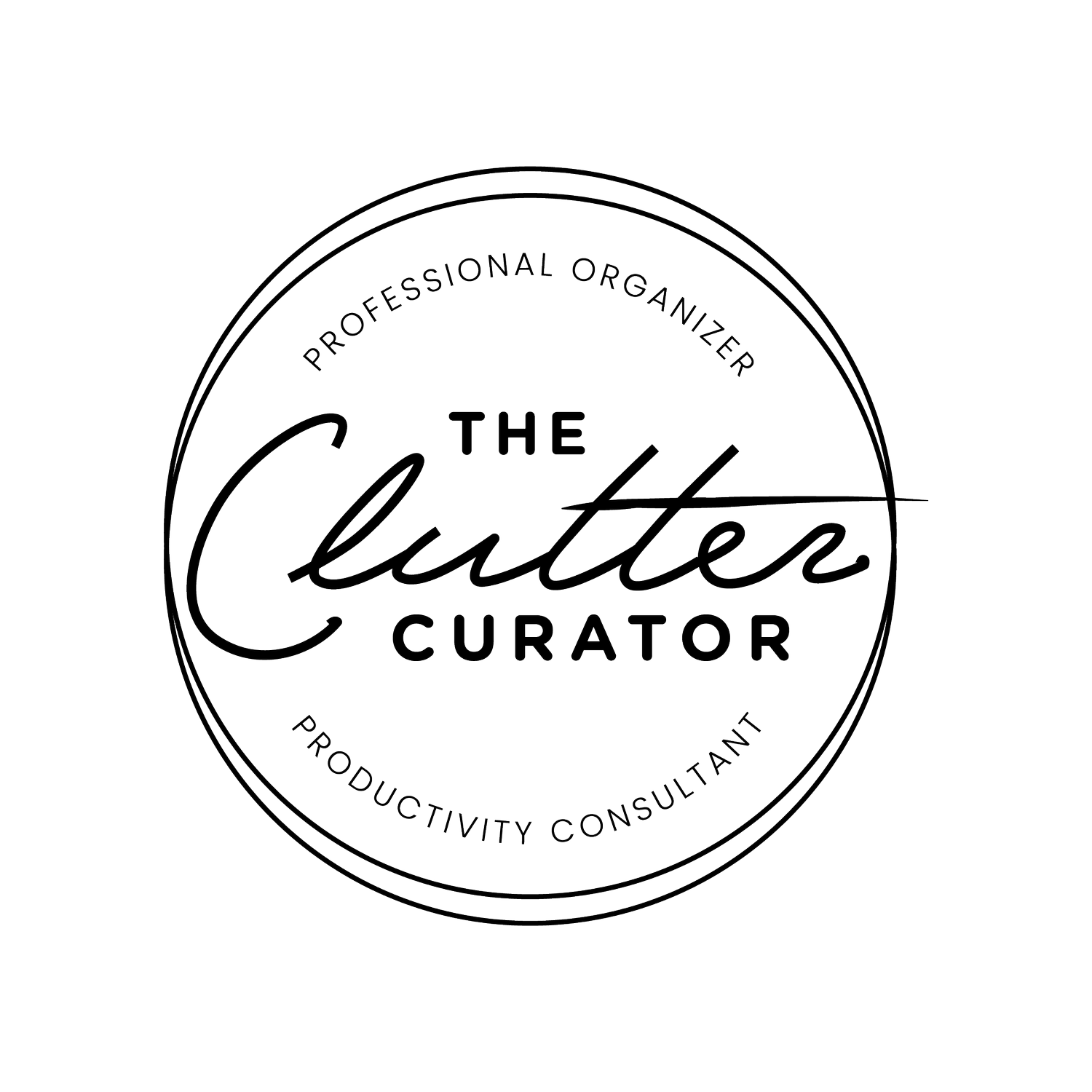Junk Drawer Organization
“Your home is a living space, not a storage space.” – Francine Jay
We all know them, we all have them and we all struggle with how to organize them — the inevitable ‘junk’ drawer. Things that belong nowhere and everywhere at the same time. These are items that need to be easily accessible: pens, gum, gift cards, stamps or an extra charger but do not necessarily warrant their own designated space.
Junk can be defined as articles that are considered useless or of little value.
There’s no doubt that these areas contain some degree of junk that can be discarded, but maybe it’s time we adjust our perspective and reframe the category a little?
The contents vary from person to person, but most contain items that actually serve a function. However, they’re rarely items we want to put on display. I recommend limiting the area to a closed, preferably small drawer. Opposed to an open container like a basket or tray to cut down on visual clutter. Make a plan to revisit the drawer frequently to keep items from accumulating beyond manageable levels.
Once a space has been designated, it’s time to get clear on what we actually need.
Pull everything out and begin sorting what stays and what goes. These are truly the perfect areas to practice the process of being thoughtful and methodical with our selections.
It’s also a great opportunity to get honest with yourself on what you’ve been keeping that you never actually used — like multiple sets of disposable cutlery or extra packets of sauce from your favorite take-out restaurant…that they include with every order. While we may have had good intentions for holding onto them.
It’s important to stop justifying the storage of items that do not serve a purpose beyond “just in case.”
Once you’ve determined what’s staying, measure! Take into account the depth, width and height of the drawer and find trays to help designate clear zones. I find that having expandable trays, trays with removable dividers or a variety of individual trays that can be rearranged easily keep the drawer flexible as the contents evolve and vary.
Pro-tip: Use museum gel to keep individual trays and containers from shifting when you open and close drawers.
Quick Tips
Designate a ‘junk’ drawer that can be closed to cut down on visual clutter.
Get clear on what’s junk and what’s actually serving you.
Measure to select proper trays and revisit frequently to keep items in check.
